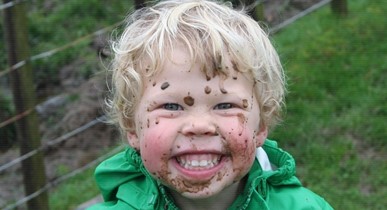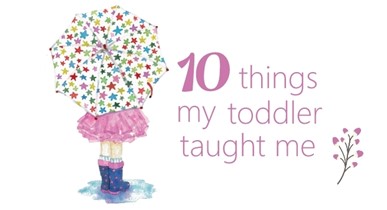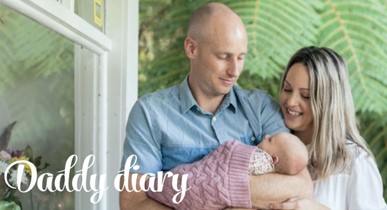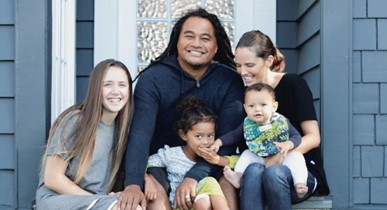Immunisation 101
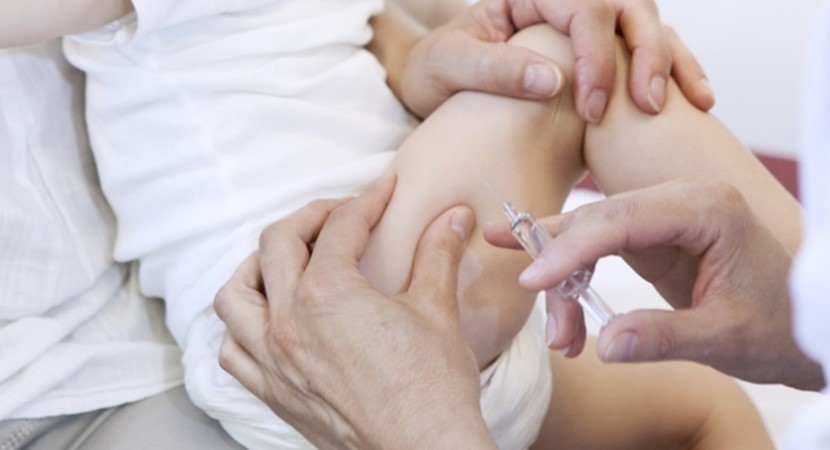
Immunisations may well be the epitome of short-term pain for long-term gain. We asked Theo Brandt about the vaccines freely available to NZ babies, and why we should make the most of them.
Everyone would agree that keeping their family healthy and happy is a top priority. Unfortunately, even the healthiest people can be affected by diseases circulating in our communities, and young babies are particularly at risk of serious complications from them. Immunisation is an effective way of helping prevent potentially serious diseases. Most of the vaccines on New Zealand’s National Immunisation Schedule combine protection against more than one disease, meaning fewer injections for your baby, and fewer tears all round!
By the time your baby is born, your midwife or LMC would have introduced you to the National Immunisation Schedule (pictured). Baby's first immunisation will be when he is six weeks old. There will be four more between then and when he turns 15 months. Two more visits, at ages four and 11, boost the effectiveness of the earlier immunisations.
Table courtesy of the Ministry of Health. Links in the table above provide more information about the diseases and the vaccines that prevent them.
How vaccines work
When germs invade the body, our immune system deals with them by producing cells and antibodies that help destroy the germ. When we're first exposed to that germ, our immune response is often slow and we may get sick. But our immune system has created a memory for how to make the antibodies for that germ, so next time it responds quickly and usually deals with it before we get sick. Vaccines work in the same way but use a weakened inactive form of the germ. In response to a vaccine, our immune system produces cells and antibodies to protect against the germ when we are exposed to it at a later date. While vaccine memory lasts for many years, even life, booster shots can be required to maintain protection.
Whooping cough – an ongoing threat
Pertussis (whooping cough) is one vaccine-preventable disease that keeps on coming back, with large outbreaks every few years. Whooping cough causes severe bouts of coughing, which may be accompanied by vomiting and a ‘whooping’ sound. It can last up to three months. Around seven out of 10 babies who catch whooping cough before the age of six months end up in hospital. Four babies in New Zealand have died from whooping cough complications in the last four years. Severe coughing can temporarily stop the oxygen supply to the brain (known as hypoxia). In around two in 1000 children, whooping cough infection leads to permanent brain damage, paralysis, deafness, or blindness. Secondary infections, such as pneumonia and ear infections, can also occur. It is much harder to recognise whooping cough in adults and it’s likely that up to 20% of adults with a persistent cough (lasting more than two to three weeks) have, in fact, got whooping cough. It is easy for adults and older children to pass on whooping cough to babies in their family before they are old enough to be immunised.
Avoiding the pox
Chickenpox is very common and, in a small number of cases, the complications from this disease are very serious. In a typical year, there are approximately 50,000 chickenpox infections in New Zealand, of which about 400 result in hospitalisation and one to two result in long-term disability or death. On July 1st, 2017, the chickenpox vaccine Varlilx was added to the National Immunisation Schedule. This means that all Kiwi children who get their immunisations will receive one dose for free at the 15 month visit. Older children will be offered a free chickenpox vaccine when they turn 11, if they haven't already had either chicken pox or the vaccine. Some –those more likely to get very sick –can get the chickenpox vaccine for free. There are two different chickenpox (varicella) vaccines available. Which vaccine is given will depend on the timing of the immunisation, (unless it's the 15 month free dose, which is Varilix) but the earliest dose can be given at nine months old.
Beyond ourselves
For various reasons, some parents choose not to vaccinate their children. Unimmunised people are not only making themselves susceptible to what could be a preventable disease, but they may also pass the disease on to others –including infants too young to be fully vaccinated, or those with conditions or undergoing treatments that prevent them from being able to have some vaccines (eg people undergoing chemotherapy).
Another difficulty is that a person who has not been immunised may pass on the disease even before they know they have it. This is the case with measles and chickenpox, where people are contagious even before symptoms appear.
All vaccine ingredients are tested and approved for human use at the quantities present in a vaccine. Bear in mind, too much of anything can be toxic, including water.
Most vaccines use dead or inactivated parts of the disease germ, so it is impossible for them to replicate and give you the disease. Live vaccines (eg measles and rotavirus) use a weakened form of the germ. You might get some symptoms similar to getting the disease, but they will be milder and not last long.
Vaccines don’t provide 100% protection to all people but, if most people are immunised, the spread of the germ is reduced which protects the whole community. You need to have all the recommended doses of a vaccine to make sure it can do the best possible job of protection.
TIPS FOR THE IMMUNISATION VISIT
● Try to remain calm and relaxed, even if your child becomes upset.
● Bring along a special toy or blanket for your child to hold.
● Hold your child firmly during the procedure, talk calmly and gently, and stroke their arm or back to reassure them.
● Don’t rub the injection site.
● Feeding baby straight after the immunisation will help him settle.
● You will need to remain in the clinic for 20 minutes after the immunisation. Most children experience little or no ill-effects after immunisations.
● Some of the minor effects reported are mild fever and tenderness, swelling, and redness at the site of the injection. An ice pack wrapped well in a dry cool cloth can be held over the injection site if it is sore.
● If your child is miserable because of a fever or pain, consider using paracetamol or ibuprofen.
● Giving paracetamol before, and repeatedly after immunisation, just in case your child feels unwell is NOT recommended and may interfere with the immune response.
Theo Brandt is a father to two teenagers and works for the Immunisation Advisory Centre based at the School of Population Health, The University of Auckland.

AS FEATURED IN ISSUE 30 OF OHbaby! MAGAZINE. CHECK OUT OTHER ARTICLES IN THIS ISSUE BELOW







